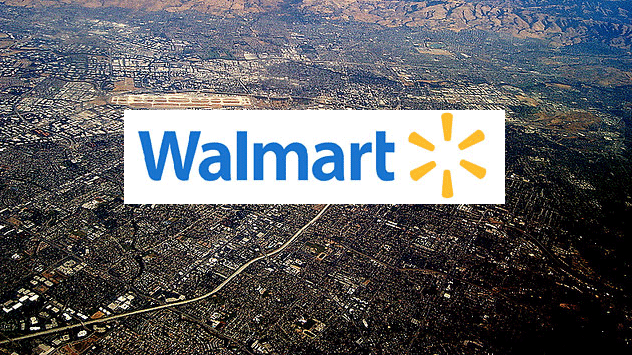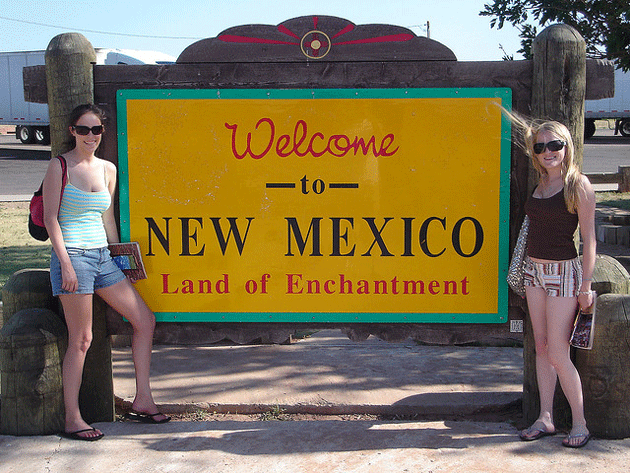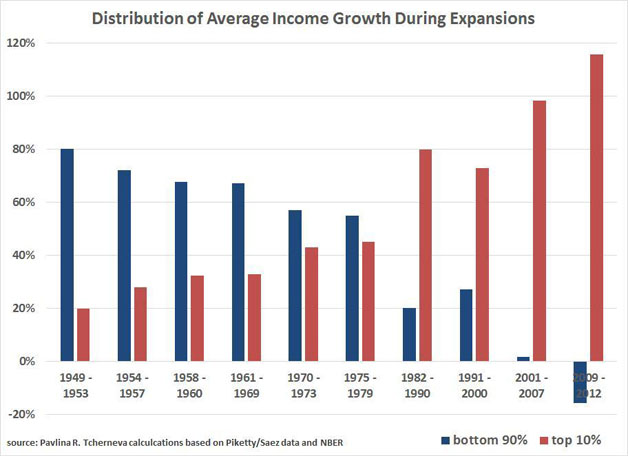
<a href="https://www.flickr.com/photos/joebehr/2823296948/in/photolist-5iu8PA-AyyXV-6bsff2-AyBMH-4J4SPy-5Pujbi-831gY5-82WWqt-831guQ-bzvvc-jk9oqH-jkaGLB-nNR5DD-bzvxu-dY8NV-c6E6WU-2kT9QF-4J4SRy-jk9gtM-jk9gYV-cmpGRf-cmpGNb-cmpGwY-cmpHf7-cmpH7N-cmpGry-cmpHhE-cmpGAA-cmpGU7-cmpGof-cmpGXb-3Z4jX-bzvvH-7ucsoA-7ucssE-29ddBh-jkaL5F-jkdwKS-cmpGDW-cmpGuW-cmpGHq-85yRL3-cbxC6-bzvwC-5ujyEj-v3SRQ-bzvyL-6baS2Q-KxKLh-jkaHFH">Joe Wolf</a>/Flickr
Everybody knows that middle-class incomes have stagnated while those of the richest Americans have skyrocketed, but the trend is even more pronounced when you look at the relative fortunes of the super-duper rich. Consider the Walmart heirs: Since 1983, their net worth has increased a staggering 6,700 percent. According to a report released today by the union-backed Economic Policy Institute, here’s how many American families earning the median income it would have taken to match the Waltons’ wealth in a given year:
In 1983, the Walton family’s net worth was $2.15 billion, equivalent to the net worth of 61,992 average American families, about the population* of…

In 1989, the Walton family’s net worth was $9.42 billion, equivalent to the net worth of 200,434 average American families, about the population of…

In 1992, the Walton family’s net worth was $23.8 billion, equivalent to the net worth of 536,631 average American families, about the population of…

In 1998, the Walton family’s net worth was $48 billion, equivalent to the net worth of 796,089 average American families, about the population of…

In 2001, the Walton family’s net worth was $92.8 billion, equivalent to the net worth of 1,077,761 average American families, about the population of…

In 2010, the Walton family’s net worth was $89.5 billion, equivalent to the net worth of 1,157,827 average American families, about the population of…

In 2013, the Walton family’s net worth was $144.7 billion, equivalent to the net worth of 1,782,020 average American families, about the population of…

Correction: An earlier version of this article confused families with individuals, causing an under-estimate of how many individuals’ net worth would equal that of the Waltons. Population equivalents in this story are based on the size of the average American family: 2.55 individuals.













